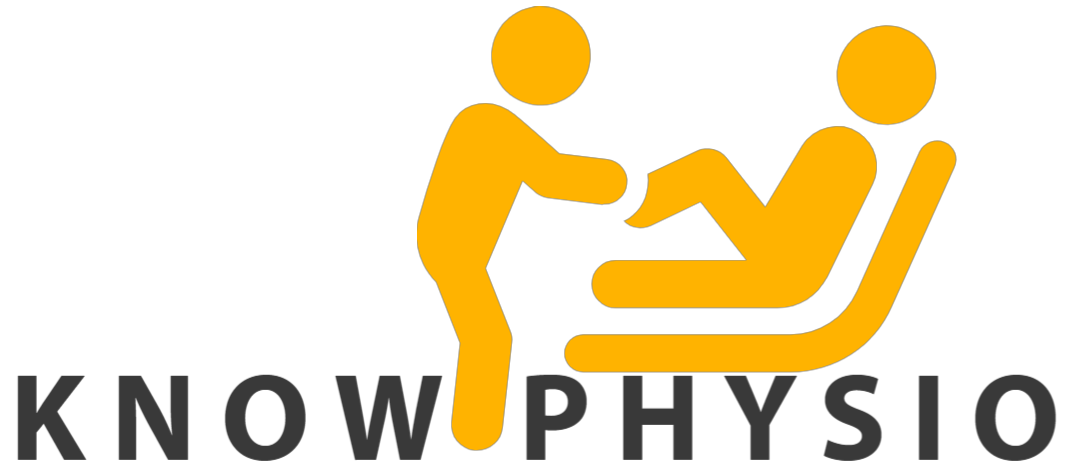Introduction
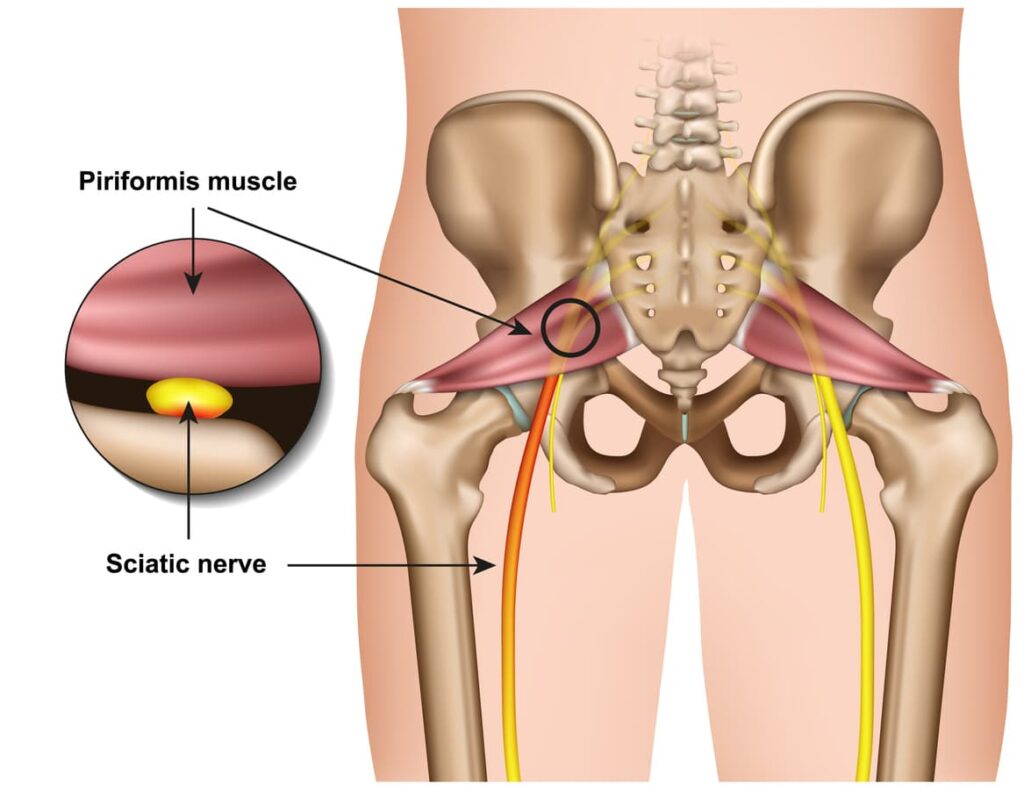
Piriformis Syndrome is a neuromuscular disorder that is characterized by pain in the buttock region. It is caused by an irritation or compression of the sciatic nerve, which runs from the lower back through the buttocks and down the back of the leg. Symptoms of Piriformis Syndrome can include pain, numbness, tingling, and burning in the buttocks and down the back of the leg. Treatment for the condition usually involves stretching exercises, physical therapy, and medications.
What is Piriformis Syndrome ?
Piriformis Syndrome is a neuromuscular disorder that occurs when the piriformis muscle, located in the buttocks, becomes tight and irritated, compressing the sciatic nerve. This compression of the sciatic nerve can cause pain, numbness, and tingling in the buttocks and down the back of the leg.
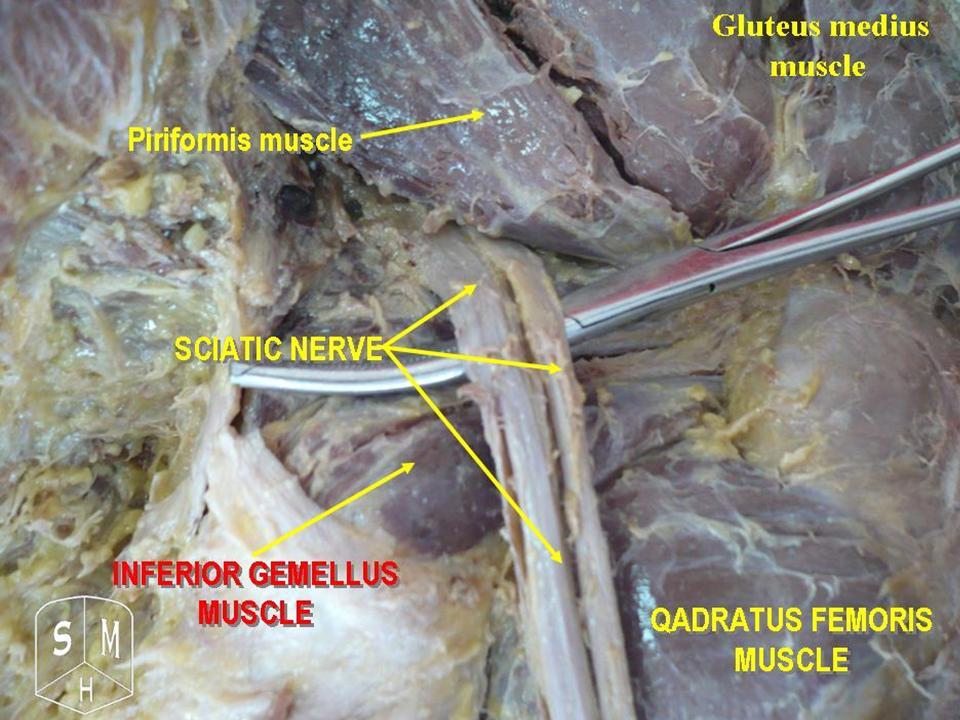
The piriformis muscle is a small, pear-shaped muscle located deep in the buttocks, connecting the lower spine to the upper thighbone. It is responsible for rotating the hip and allows the leg to move away from the body. When this muscle becomes tight and irritated, it can compress and irritate the sciatic nerve, resulting in pain, numbness, and tingling along the pathway of the nerve.
Symptoms of Piriformis syndrome
Common symptoms of Piriformis Syndrome include pain, tenderness, and/or numbness in the buttocks and down the back of the leg. Pain can range from a mild ache to a sharp, burning sensation and may worsen when sitting. Other symptoms may include muscle spasms, weakness in the leg, hip pain, and difficulty moving the leg or foot. Some common symptoms are listed below :

1. Pain in the buttocks, hips, or thighs
2. Pain that radiates down the leg
3. Pain when sitting
4. Weakness or numbness in the leg
5. Difficulty with activities that involve hip movement
6. Burning or tingling in the leg
7. Difficulty with certain positions, such as sitting cross-legged
8. Pain when bending the knee
9. Pain when climbing stairs
10. Pain when coughing or sneezing
Causes of Piriformis syndrome ?
The most common cause of Piriformis Syndrome is muscle spasms in the piriformis muscle due to overuse or trauma. Other potential causes include tightness in the muscle, inflammation of the muscle, irritation of the sciatic nerve, arthritis, and disc herniation. Some of the common causes are listed below :
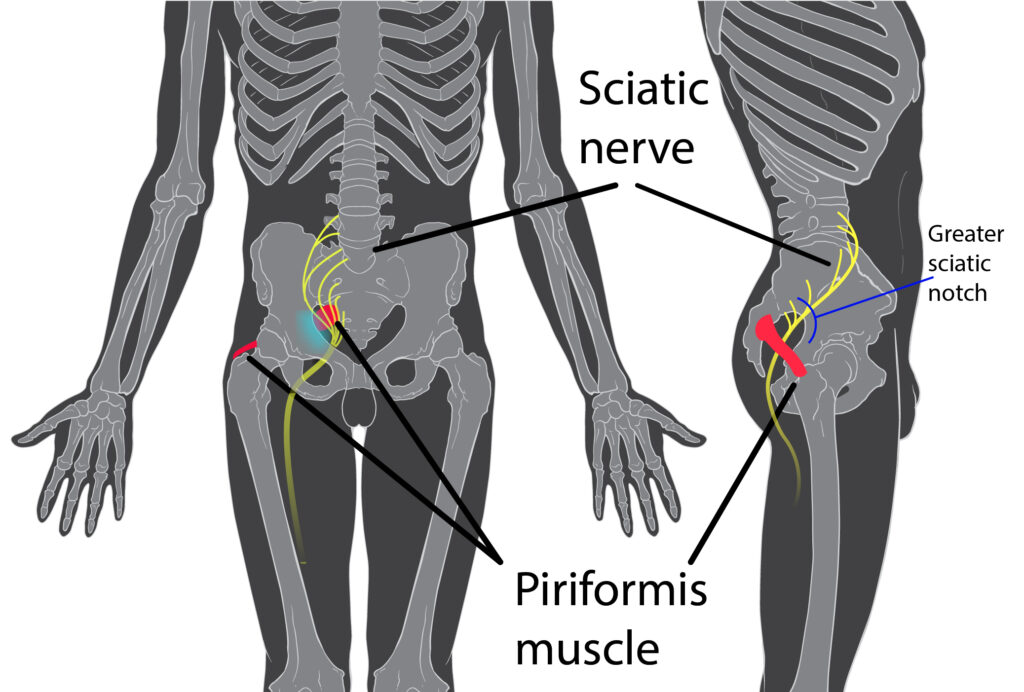
- Overuse of the piriformis muscle from repetitive activities such as running, cycling, or sitting for long periods of time.
- Injury to the muscle such as a direct blow or fall.
- An underlying medical condition such as arthritis, diabetes, or sciatica.
- Tightness or spasms of the piriformis muscle.
- A herniated disc in the lower spine.
- Inflammation of the sciatic nerve due to a nearby muscle or joint problem.
- Abnormal position or shape of the piriformis muscle.
- Narrowing of the space between the spine and the pelvis.
- Poor posture or muscular imbalances.
- Genetic predisposition to the condition.
Diagnosis of Piriformis syndrome
Diagnosis of Piriformis Syndrome typically begins with a physical exam, followed by imaging tests such as X-rays or an MRI. Treatment for the condition may include physical therapy, massage, stretching, and strengthening exercises to relieve pain, as well as medications to reduce inflammation and discomfort. In some cases, surgery may be necessary to release the piriformis muscle and relieve the pressure on the sciatic nerve.
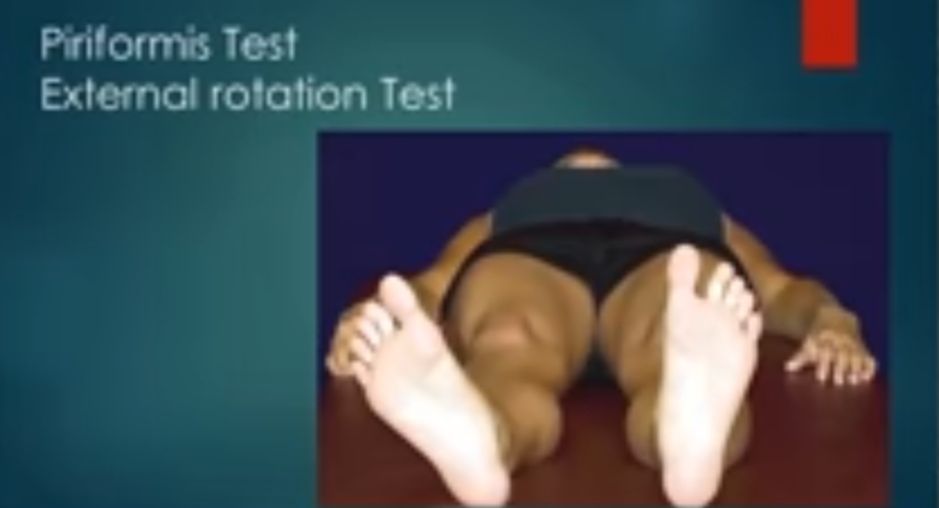
Diagnosis of piriformis syndrome is based on an individual’s medical history, physical examination, and imaging tests. A physician may order an X-ray, MRI, or CT scan to rule out other conditions such as a herniated disc or arthritis. Muscle strength and reflex tests may also be performed to check for weakness or sensory changes. Other tests, such as a nerve conduction study or electromyography, may be ordered to measure the electrical activity of the muscles.
Difference between Piriformis Syndrome and Sciatica
Sciatica and piriformis syndrome are two painful medical conditions that affect the lower back, buttocks, and legs. Both conditions can be caused by inflammation, injury, or a pinched nerve in the lower back or pelvis. Despite the similarities between them, there are important differences between sciatica and piriformis syndrome that help distinguish them.
Sciatica is a term used to describe pain that radiates along the sciatic nerve, which runs from the lower back through the buttocks and down the back of the thigh. Pain from sciatica is typically felt on one side of the body and can range from a dull ache to a sharp, burning sensation. Common symptoms of sciatica include lower back pain, numbness, tingling, or weakness in the legs. Sciatica is usually caused by a herniated disc or narrowing of the spinal canal that puts pressure on the nerve root.
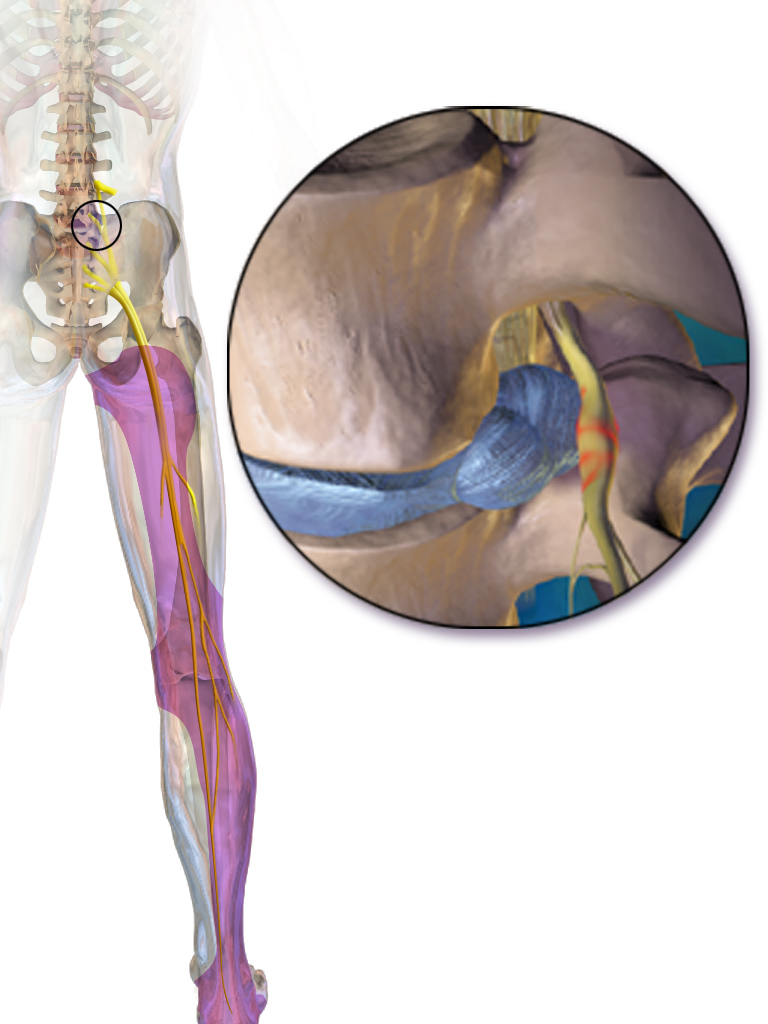
Piriformis syndrome is a neuromuscular condition characterized by pain in the buttocks, hip, and lower back. The pain is caused by the piriformis muscle, which is located deep in the buttocks and connects the sacrum to the top of the femur. When the muscle becomes tight, inflamed, or irritated, it can put pressure on the sciatic nerve and cause pain. Common symptoms of piriformis syndrome include pain in the buttocks, hip, or lower back, numbness or tingling in the leg, and difficulty sitting or standing.
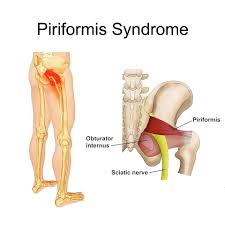
The main difference between sciatica and piriformis syndrome is the cause of the pain. Sciatica is caused by compression of the nerve root in the lower back, while piriformis syndrome is caused by inflammation or irritation of the piriformis muscle in the buttocks. This can make it difficult to distinguish between the two conditions, as the symptoms of both can be similar. It is important to diagnose the condition correctly as the treatments for each condition can vary.
Sciatica is typically treated with rest, physical therapy, medications such as anti-inflammatories or muscle relaxants, and sometimes surgery. Piriformis syndrome is usually treated with stretching and strengthening exercises, physical therapy, and medications to reduce inflammation. In some cases, injections of steroids or Botox may be recommended to help relieve pain.
In conclusion, sciatica and piriformis syndrome are both painful conditions that affect the lower back, buttocks, and legs. While the symptoms of both conditions can be similar, the cause of the pain is different. Sciatica is caused by a compressed nerve root in the lower back, while piriformis syndrome is caused by inflammation or irritation of the piriformis muscle. Diagnosis and treatment of each condition can vary, so it is important to get a correct diagnosis from a medical professional.
Prevention of Piriformis Syndrome
Piriformis syndrome is a condition that causes pain when the piriformis muscle, located in the buttock region, compresses the sciatic nerve. It can lead to severe pain in the hip and leg that can be difficult to diagnose and treat. Fortunately, there are steps you can take to reduce your risk of developing piriformis syndrome and alleviate the symptoms if you already have it.
First, it is important to maintain good posture. Poor posture can lead to muscle imbalances that can put extra strain on the piriformis, leading to spasms and inflammation. Make sure to sit and stand in a neutral position and avoid slouching.

Second, it is important to stretch and strengthen the muscles in the hip, buttock, and lower back. Stretching the piriformis muscle can be done by sitting on the floor and crossing one leg over the other, then grasping the thigh and gently pulling it across the body. Strengthening exercises can help bring balance to the muscles in the area and reduce the risk of developing piriformis syndrome.
Finally, it is important to avoid activities that can cause injury to the area. This includes activities such as running, jumping, or squatting that can put extra stress on the piriformis muscle. If you are engaging in any of these activities, be sure to warm up and stretch properly beforehand.
By following these steps, you can reduce your risk of developing piriformis syndrome and alleviate any existing symptoms. Taking care of your body and engaging in regular stretching and strengthening exercises can help you stay healthy and pain-free.
Treatment
Treatment for Piriformis Syndrome typically involves a combination of rest, physical therapy, and medication. Rest is important in order to allow the muscle to relax and the nerve to heal.
Physical therapy can help to improve flexibility, strength, and range of motion in the hip and leg. Stretching and strengthening exercises may be prescribed to target the piriformis muscle and other muscles in the hip and leg.
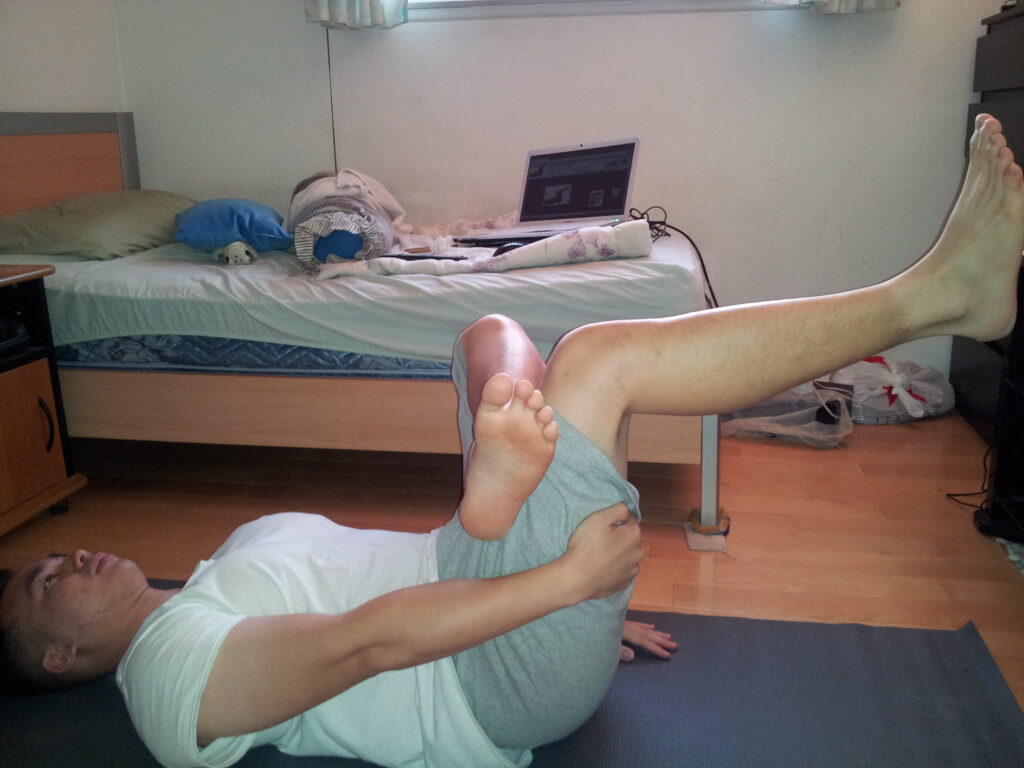
In some cases, injections of corticosteroids may be used to reduce inflammation and provide pain relief. If other treatments have not been successful, surgery may be recommended to release the pressure on the sciatic nerve.
Overall, it is important for individuals with Piriformis Syndrome to seek treatment in order to reduce pain and improve mobility. Treatments may include rest, physical therapy, medications, injections, and in some cases, surgery.
Read about piriformis syndrome on wikipedia !
Physical therapy in Piriformis syndrome
Physical therapies should focus on stretching and strengthening of the hip, pelvis, and lower back muscles. These exercises should be done to improve flexibility, strength, and range of motion in the affected areas as well as to reduce pain.
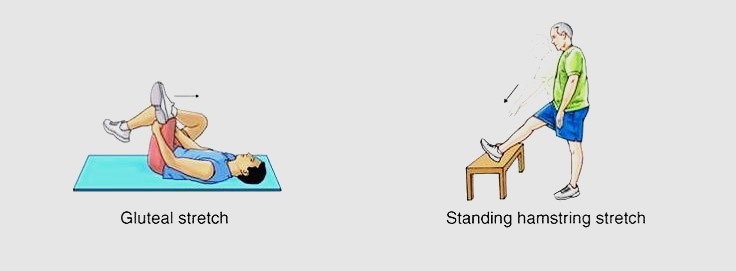
- Stretching exercises – Stretching exercises can help to reduce the severity of Piriformis Syndrome symptoms. These exercises can be done daily to help reduce pain and improve mobility.
- Strengthening exercises – Strengthening exercises for the hip, pelvis, and lower back can help to improve the stability of the area and reduce the risk of injury. These exercises should be done slowly and with proper form to reduce the risk of further injury.

3. Massage – Massage therapy can help to reduce tension in the affected muscles and promote relaxation. Massage also improve blood circulation and also it reduces pain from that particular area.

4. Heat and cold therapy – Heat and cold therapy can help to reduce inflammation and pain in the affected area.
5. Ultrasound therapy – Ultrasound therapy can help to increase blood flow and reduce inflammation.
6. Electrical stimulation – Electrical stimulation can help to reduce pain and improve muscle function in the affected area.
Read more about DIABETES here !
With proper diagnosis and treatment, Piriformis Syndrome can be effectively managed and the symptoms can be relieved. It is important to seek medical attention if you are experiencing any of the symptoms associated with the condition.
